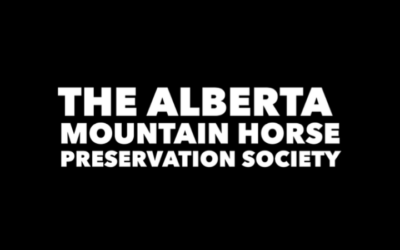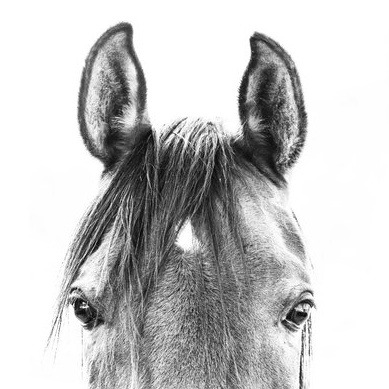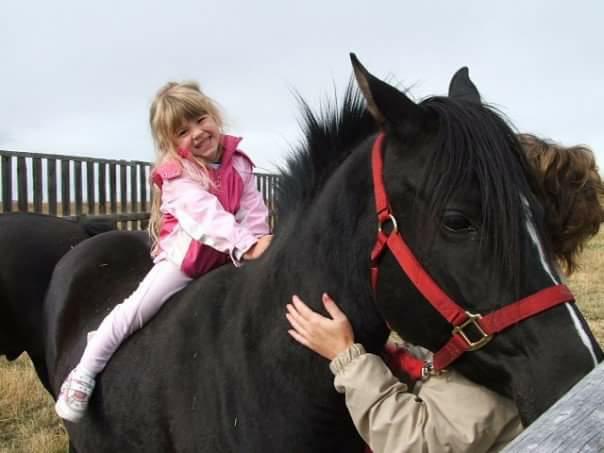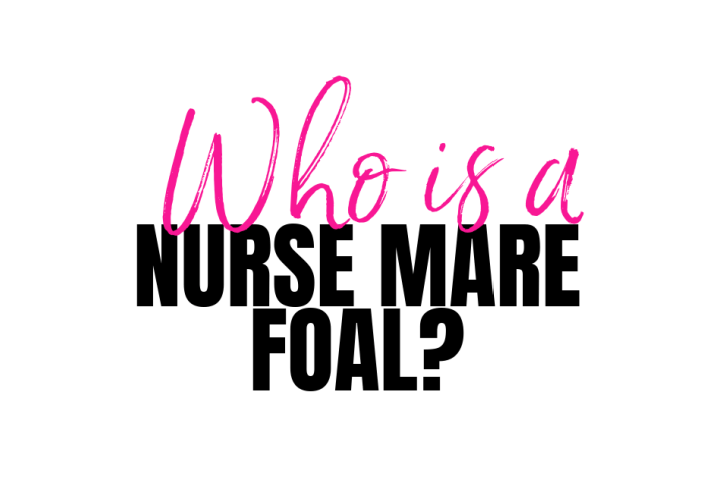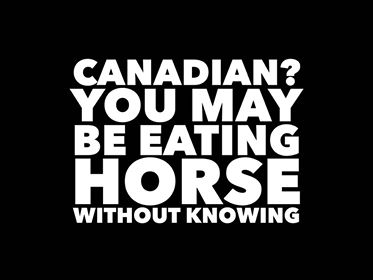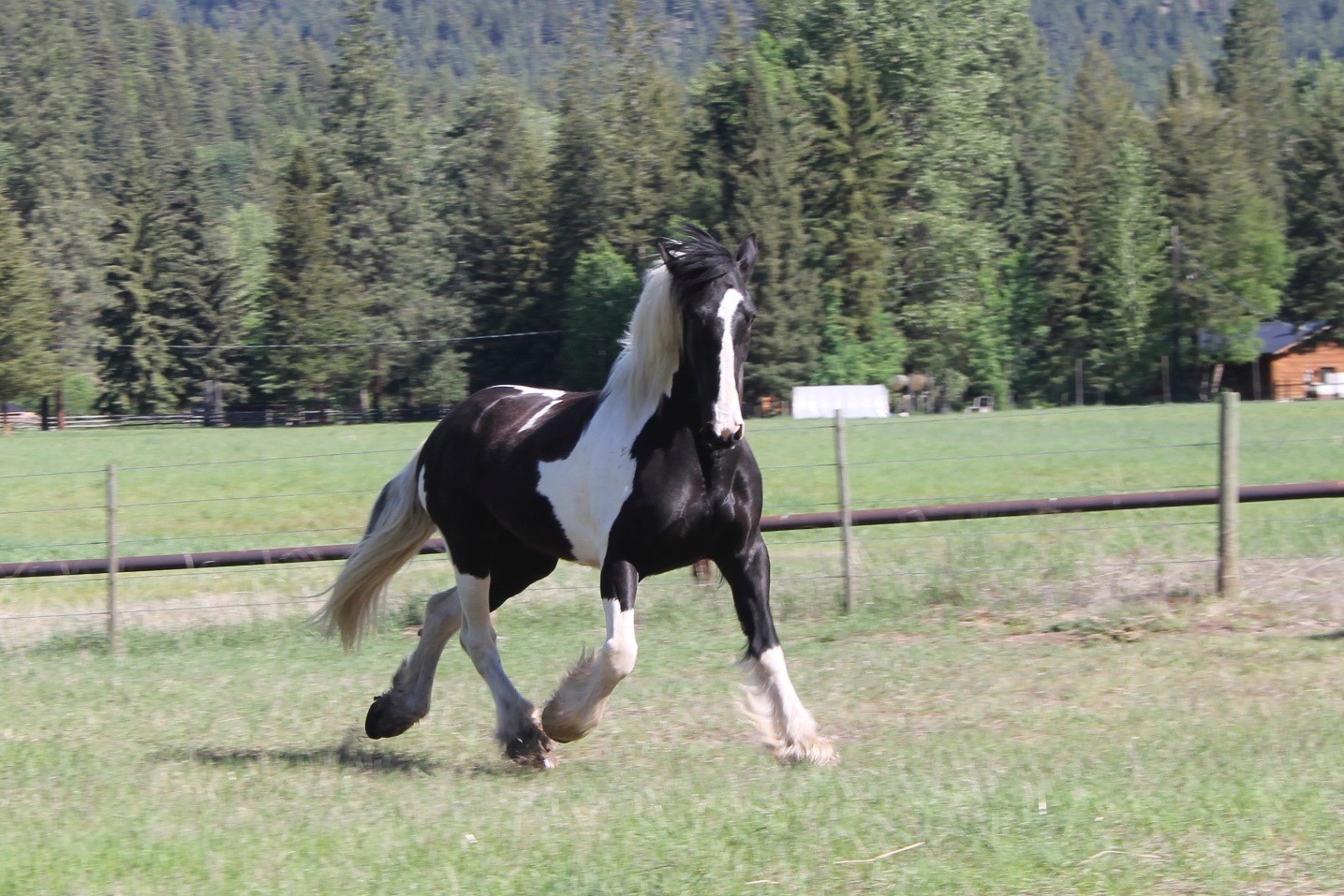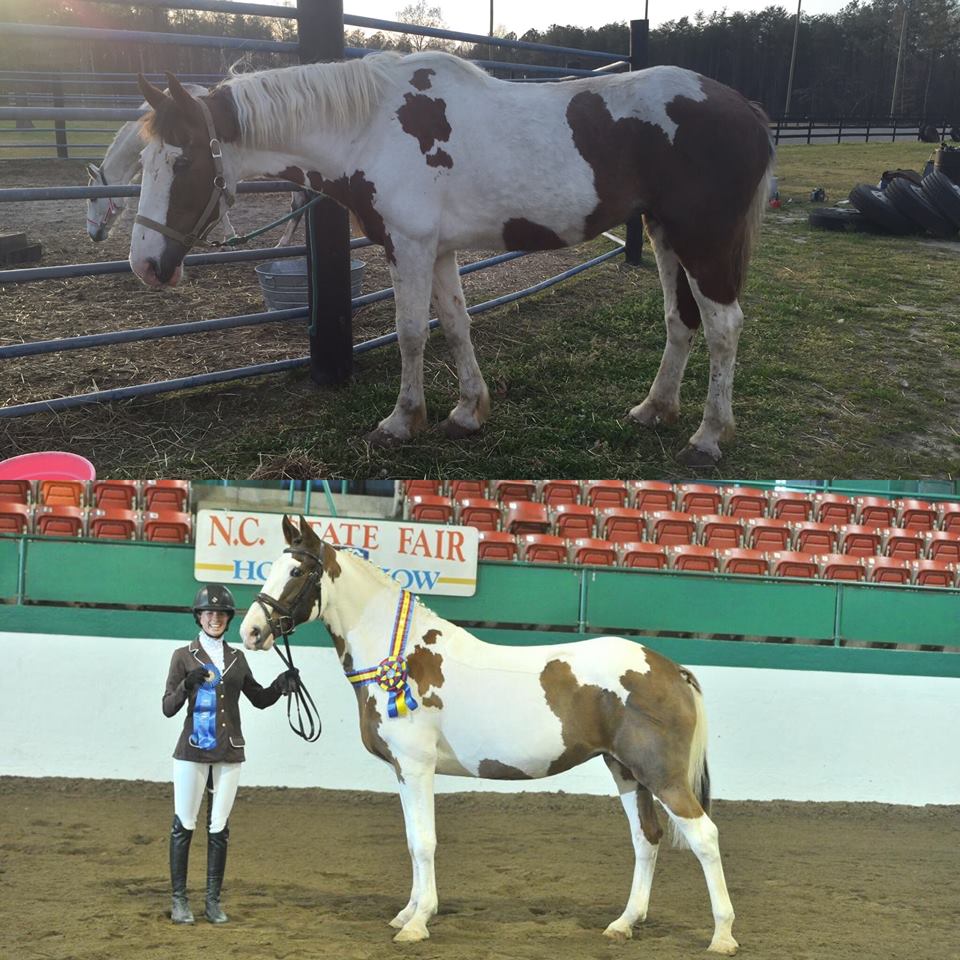First published August 31, 2022 - UPDATED December 14, 2024. Have you ever wondered who is behind exporting horses from Canada to Japan for the purpose of slaughter for human consumption?According to an article from Ontario Farmer magazine titled: HORSES STILL HEAD TO...
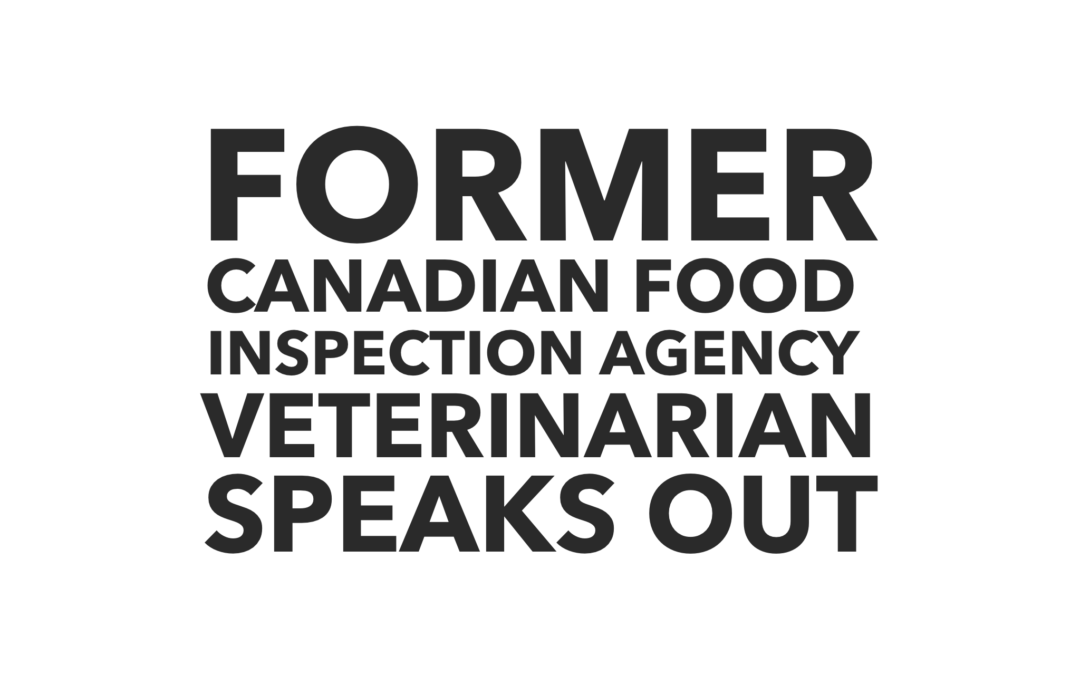
Former CFIA Veterinarian Speaks Out
TORONTO SUN: The mystery meat behind your sausage. Worried about the MANE ingredient?
“If this is happening farther up the supply chain, where some of their suppliers aren’t declaring what’s in there, could it be because some of this meat is unfit for human consumption?”
Read the full story on the Toronto Sun website.

T-SHIRTS IN SUPPORT OF HORSE RESCUE FUND
LIMITED TIME OFFER FREE SHIPPING CANADA & USA
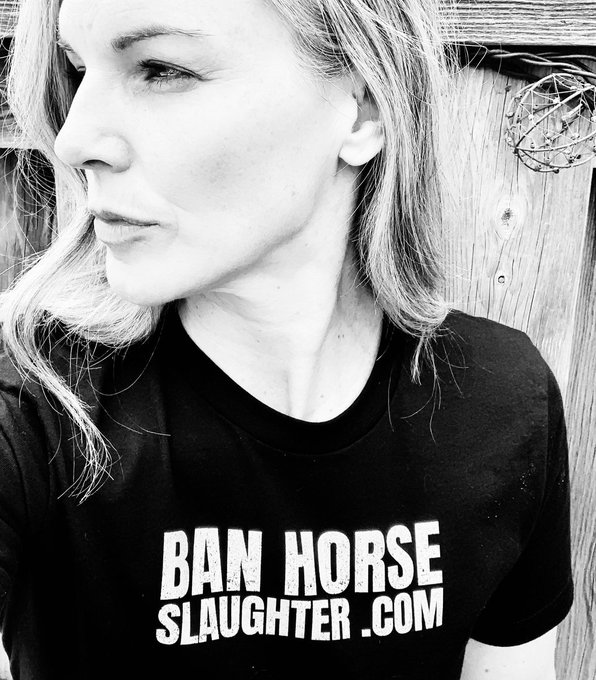
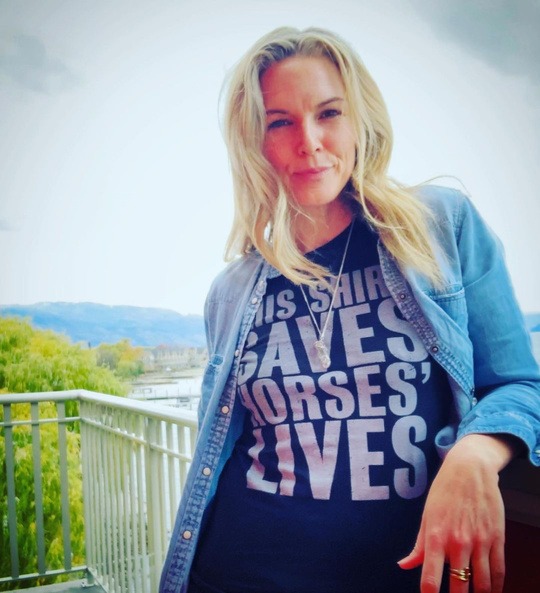
CANADA SLAUGHTERS HORSES FOR HUMAN CONSUMPTION
It may be hard for some to believe that thousands of horses, including pets, are routinely slaughtered in Canada, for human consumption.
Some of the meat is consumed in Canada and much of it is shipped to the European Union and other markets, including Japan.
The barbaric slaughter of horses is currently not legal in the United States, BUT horses, including pets and ex-racehorses, from the United States are shipped to Canada and to Mexico to be slaughtered.
In addition Canada allows for the transportation of live horses to Japan, to be slaughtered for human consumption, and unfortunately the transportation of horses destined for slaughter within Canada, and by air, is far from humane.
SHOW HORSES SHIPPED TO JAPAN FOR SLAUGHTER
ALBERTA MOUNTAIN HORSE PRESERVATION SOCIETY
The Alberta Mountain Horse Preservation Society are very concerned about wild horses and the threats to their existence in Alberta. They are a non profit society and we found the questions and concerns they shared in this post especially interesting.WE ARE CURRENTLY...


